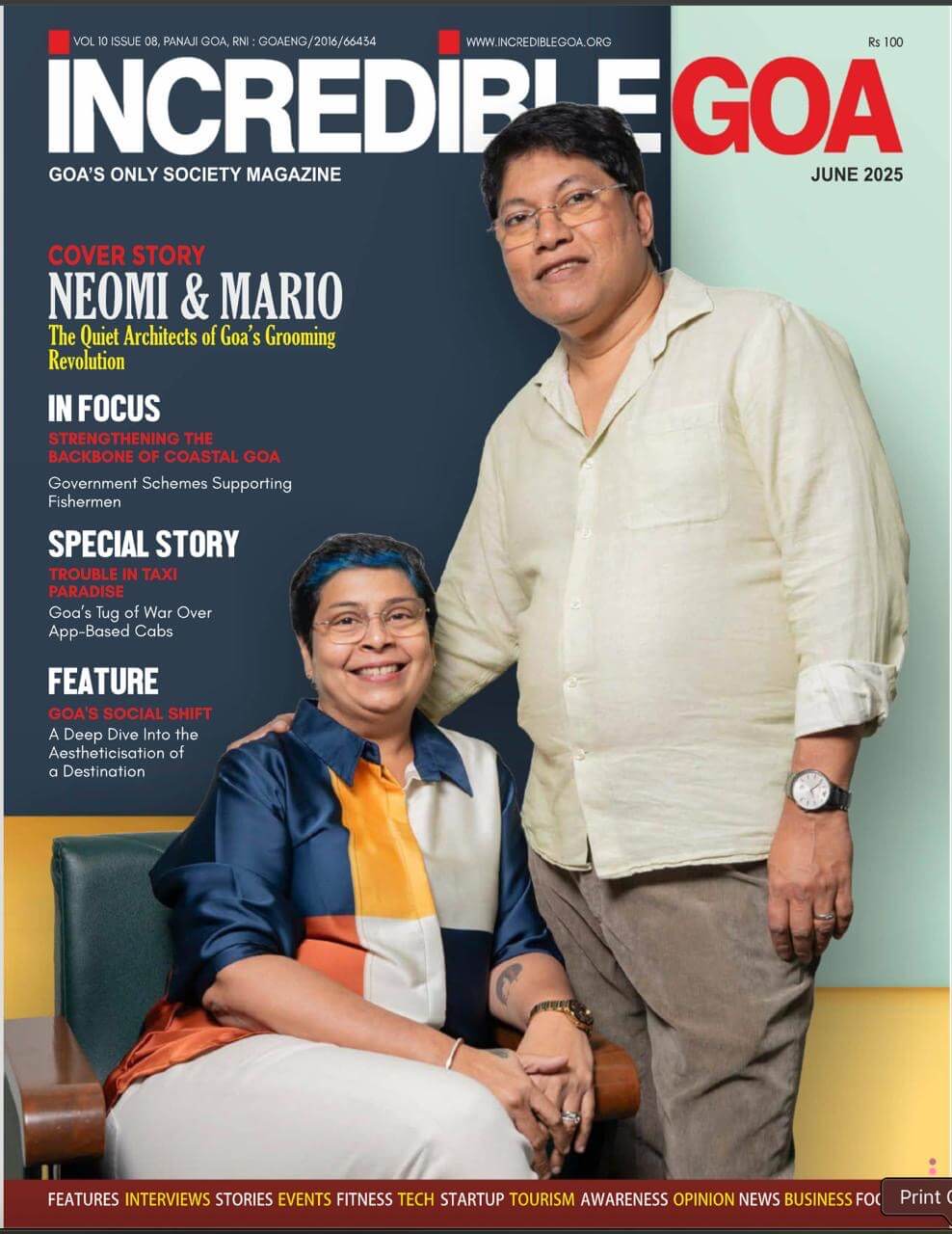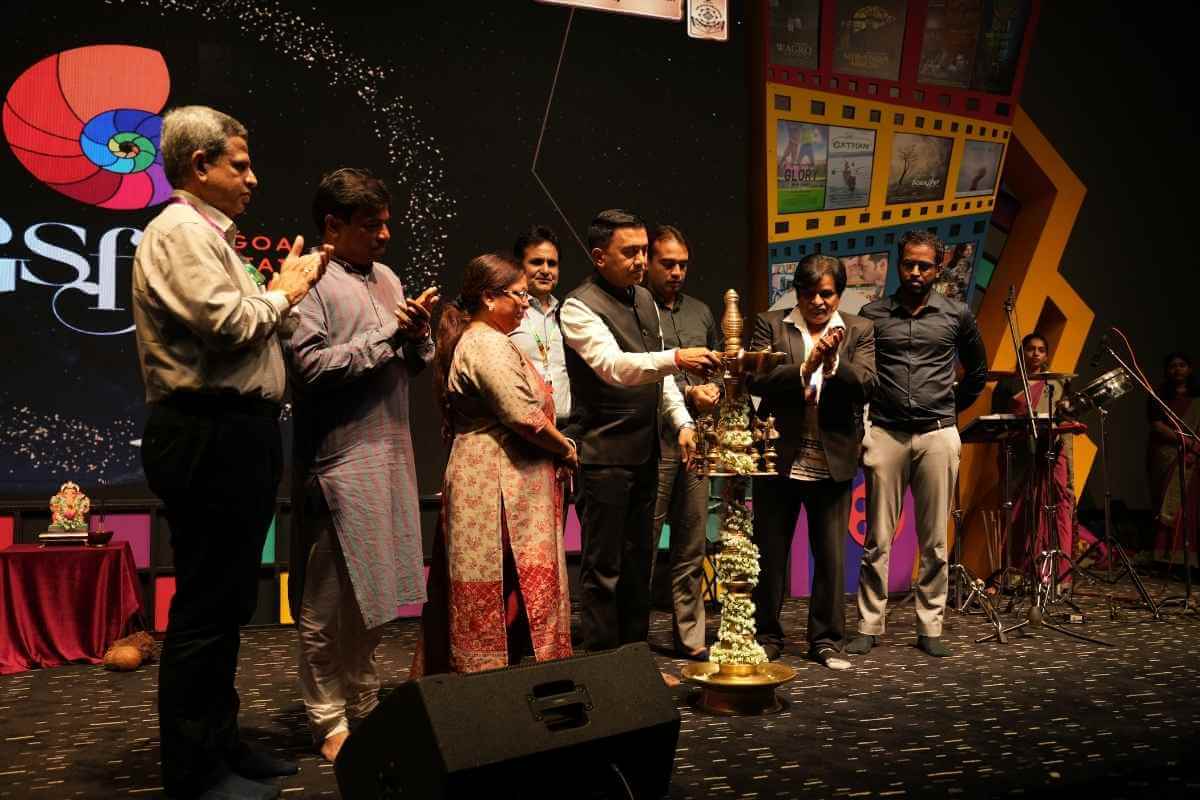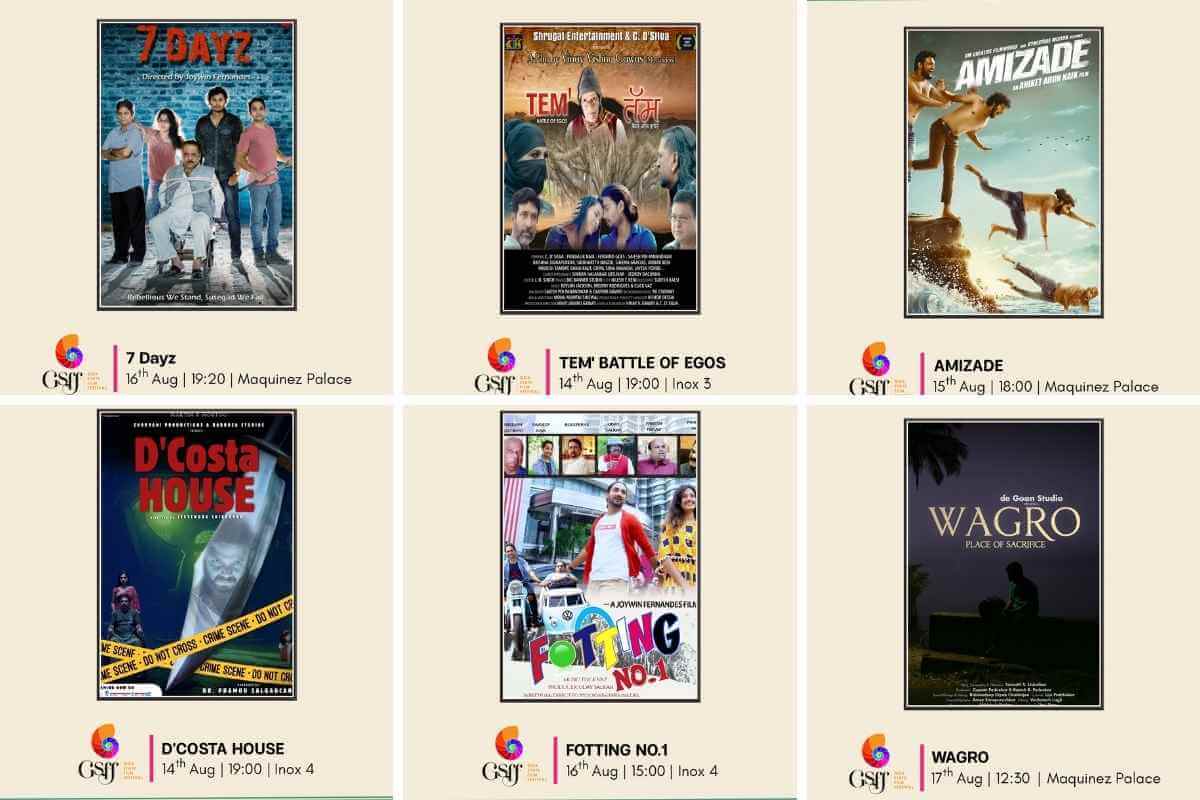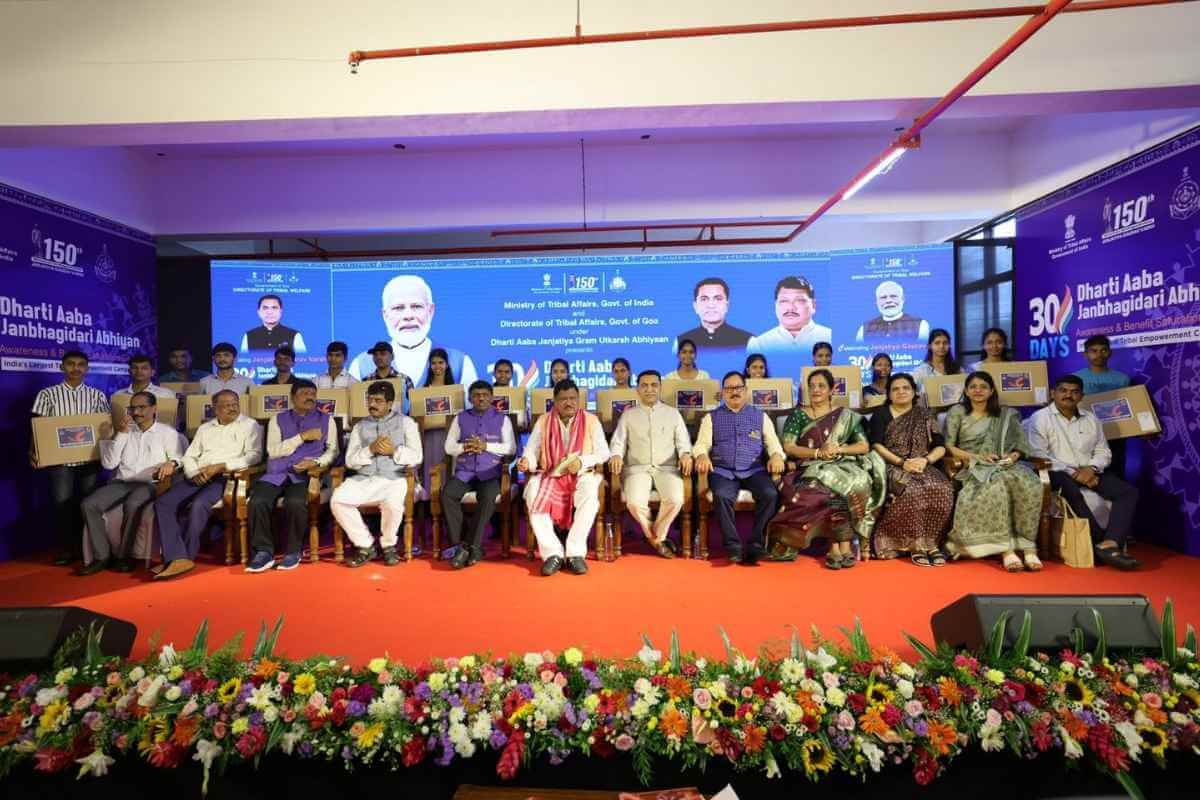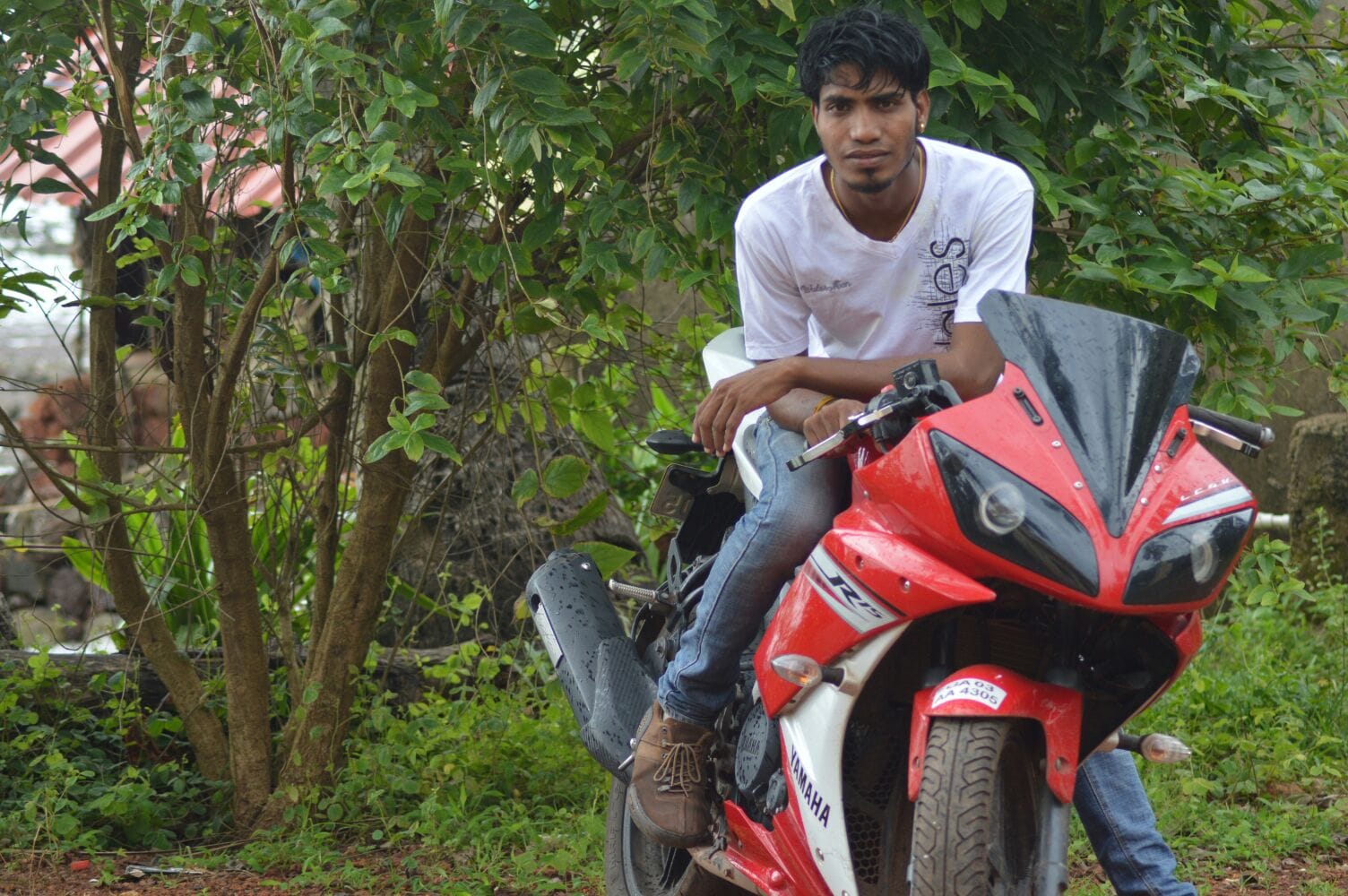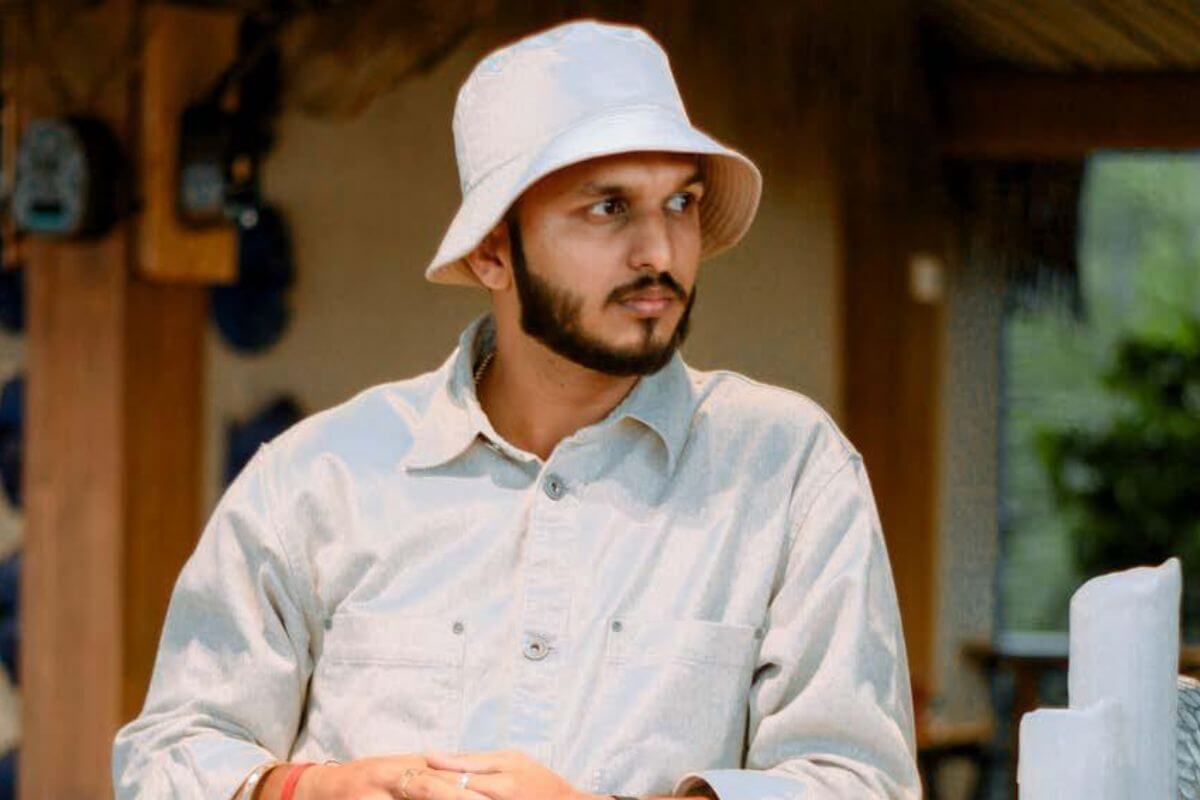At 94, Mr. Joao Carmino Braganza’s unwavering dedication to his craft remains a beacon of inspiration. A lifetime of passion, discipline, and perseverance has shaped him into one of Goa’s most respected musicians and educators. From his early days learning music in a small village to his current role as a mentor, Mr. Braganza’s story is a powerful testament to the transformative power of music.
Early Life and Family Background
Born on June 23, 1930, during the Portuguese era, Mr. Braganza’s formative years were steeped in the rich cultural fabric of Goa. Raised in a modest family, he was introduced to music at an early age by his tutors, Mr. Jose Caitan Fernandes and Mr. Varela Caiado. He began with the violin before adding the alto saxophone to his repertoire.
“I learned music from well-known tutors in the village, Mr. Jose Caitan Fernandes and Mr. Varela Caiado,” Mr. Braganza reflects. His educational journey continued alongside his musical development, and after completing his secondary education, he worked at the Directorate of Health Services in Panjim.
The Spark of Musical Passion
Mr. Braganza’s musical journey began in the heart of his community, where music played an integral role in village life. Inspired by local musicians and the strong presence of music in churches, he first studied at a church music school, a common practice during the Portuguese era.
“The church during the Portuguese era had music schools set up across Goa, where village children learned music,” he recalls. He soon transitioned from student to teacher, eventually instructing at the very school where he had trained. “I too taught at the church music school,” he shares.
Mastering Three Instruments
What sets Mr. Braganza apart is his remarkable ability to master multiple instruments. While most musicians focus on a single instrument, he has excelled at the violin, trumpet, and saxophone.
“My teacher taught me the right way first—solfeggio—everything else came later,” Mr. Braganza explains. Solfeggio is a method of sight-singing and understanding musical intervals. “I learned the art of singing any song using the solfeggio method. He taught me to play the violin, and later handed me the trumpet and saxophone.”
Challenges of a Young Musician
Like any great artist, Mr. Braganza faced his share of challenges. His early years were marked by a balancing act between work, music, and agriculture.
“I was multitasking with work, band, and of course, agriculture,” he recalls. He would wake at 6 a.m. to work in the fields, attend his office job, and then perform with his band in the evenings.
“I commuted on my bicycle with my saxophone or the violin,” he says. His dedication often meant playing late into the night, especially during weddings. “Weddings in Goa started at 6 in the evening and continued till 4 a.m. We, the band, played continuously,” he adds.
Teaching Journey: A Lifelong Dedication
Mr. Braganza’s love for teaching became evident early in his career. He began teaching at the church music school in his village of Merces and later at the Santa Cecilia Music School in Panjim. Teaching became an extension of his passion, as he passed on his knowledge to his grandchildren and countless students across Goa.
“My teaching journey began in the church and later expanded to many students from all over Goa,” he recalls. He finds immense joy in watching his students grow and develop their musical skills.
A Lifelong Passion: Continuing to Teach at 94
Mr. Braganza’s source of motivation lies in the joy he feels when his students progress.
“Every time my students move to a new level of skill—the next lesson, the next book—it gives me a feeling of immense satisfaction,” he shares. It is this sense of fulfilment that keeps him going, even at 94. “I feel happy. And it is this feeling that keeps me going,” he adds.
Imparting Wisdom: Lessons for the Next Generation
As a seasoned educator, Mr. Braganza emphasises the importance of foundational skills.
“Musically, it is solfeggio that I focus on,” he says. “I want my students to be good at singing first and instrumentalists later—to be good at timing and intonation. In simple words: ‘To play in Time and Tune.’”
His life advice is simple yet profound: “Just be good humans.” Mr. Braganza’s philosophy extends beyond music to how one lives and interacts with others.
Honours and Recognition
Mr. Braganza’s long and illustrious career has earned him numerous accolades. Among the most significant are the Lifetime Achievement Award from the Tiatr Academy of Goa and the Kala Gaurav Puraskar from the Directorate of Art and Culture, Government of Goa.
“I have been honoured by various organisations, NGOs, politicians, and the Government of Goa,” he reflects. “I’m grateful for their recognition and appreciation.” These awards hold a special place in his heart as symbols of the respect and admiration he has garnered for his contributions to Goan music.
A Message for Aspiring Musicians
To the next generation of musicians, Mr. Braganza offers invaluable advice:
“Learn, practice, keep learning, and keep practising,” he urges. “Besides this, be good humans. Do not cheat others, especially musicians. Money will come and go, but your reputation—once lost—takes a long time to come back.” His words echo the values that have guided his own life and career.
Final Thoughts
In closing, Mr. Braganza expresses his heartfelt gratitude to his readers and supporters.
“To the readers, thank you for your time and patience. Thank you for showing love towards musicians and for reading this far,” he says.
He encourages everyone to respect and appreciate musicians: “Like any other profession, musicianship comes after a lot of sacrifice, learning, practice, discipline, and hard work.”
His message is clear: encourage young talent and value the immense effort that goes into creating music.




